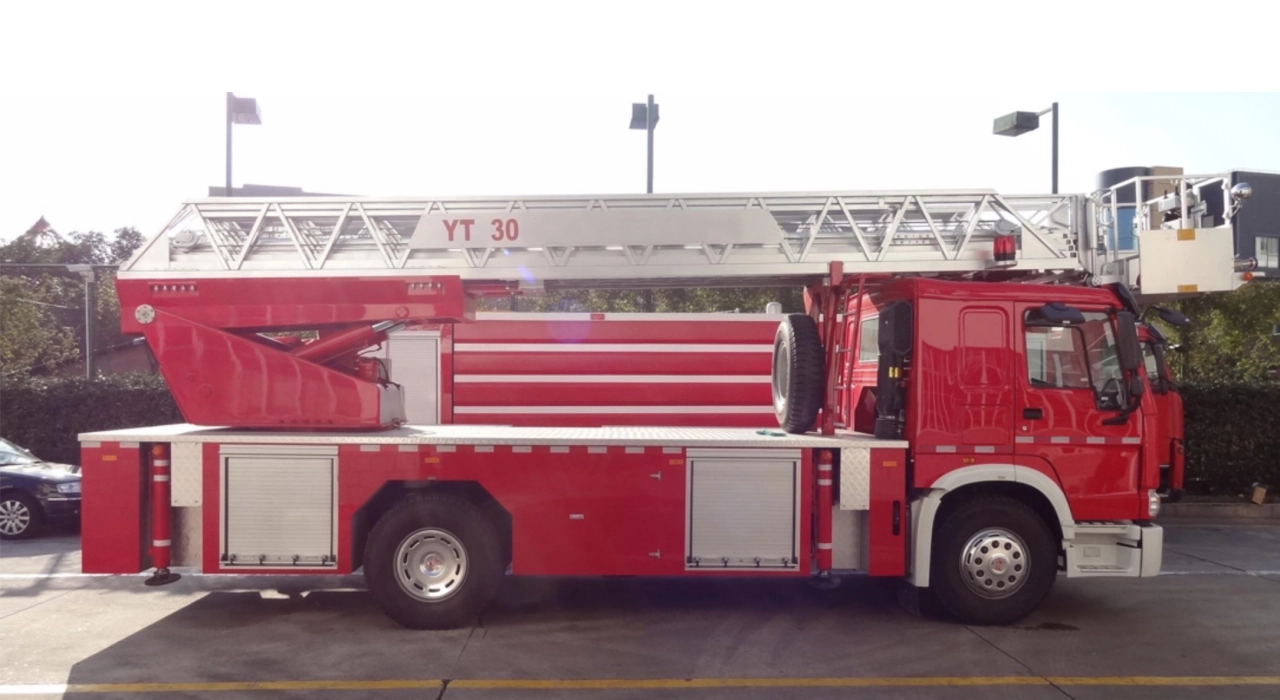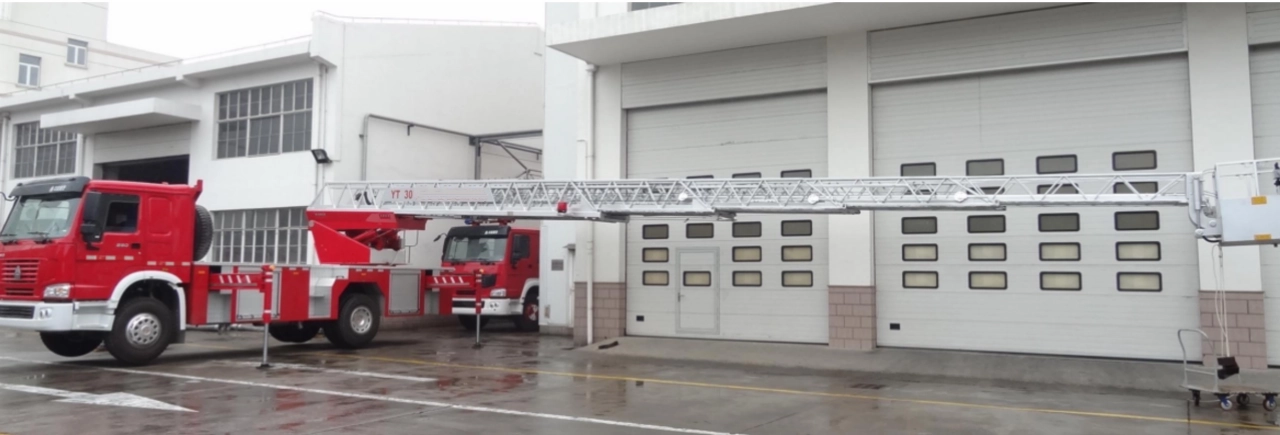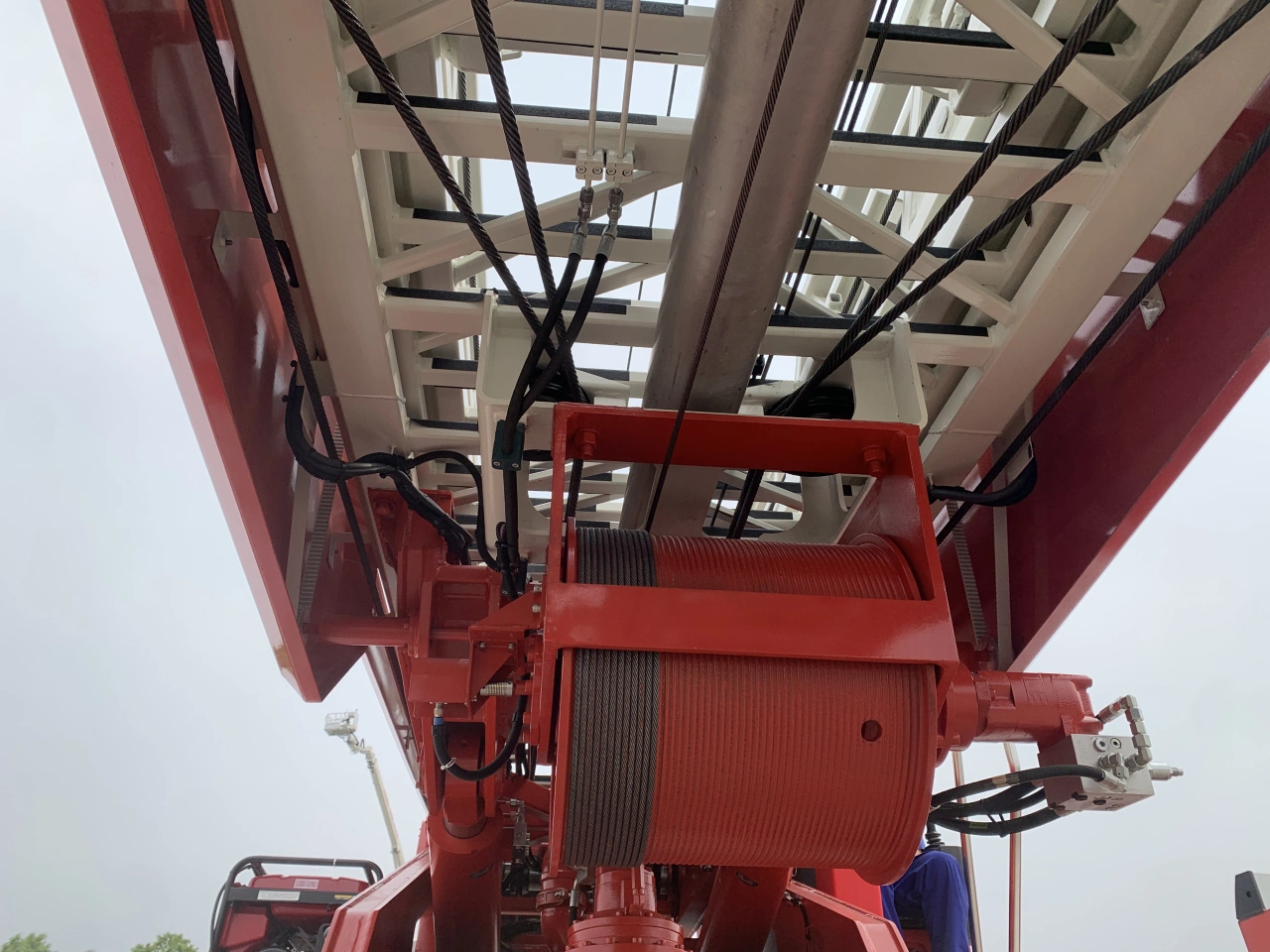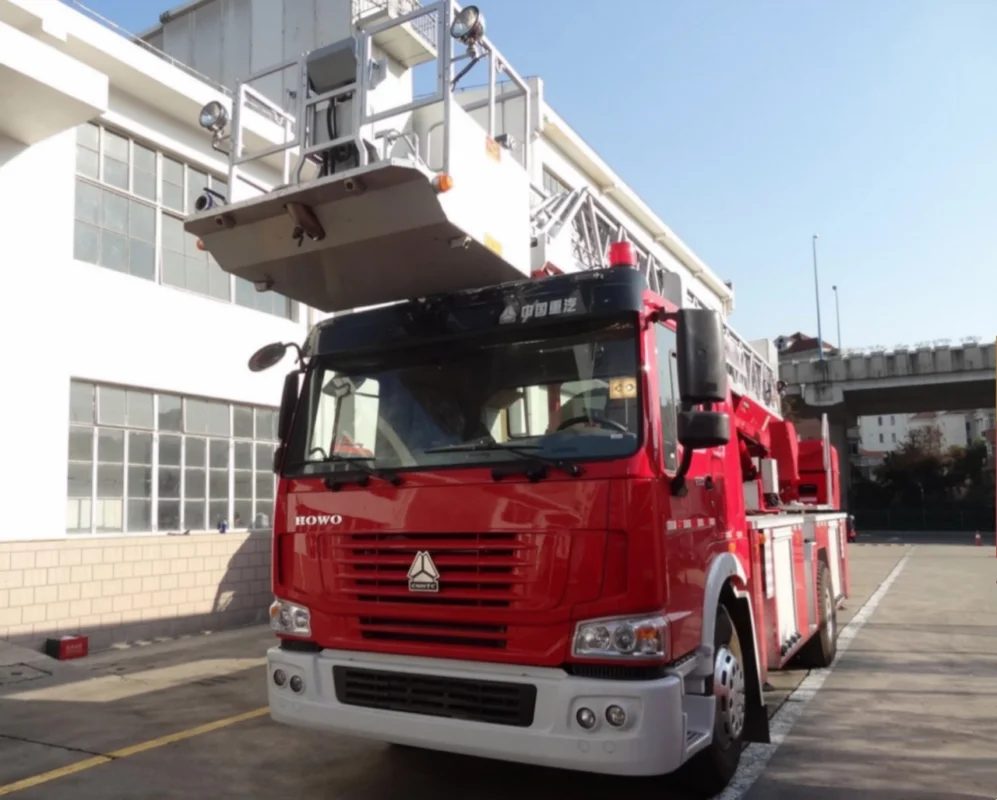When you think of fire trucks, especially ladder trucks, speed might not be the first thing that comes to mind. Ladder trucks are towering, complex machines designed to save lives and property, with impressive equipment like extendable ladders and powerful water pumps. Yet, for firefighters rushing to an emergency, speed is still an important factor. So, what is the top speed of a ladder truck? Let’s explore this question in depth by looking at the design of ladder trucks, factors that affect their speed, real-world examples, and why speed is balanced carefully with safety.
Understanding Ladder Trucks
First, it’s important to understand what a ladder truck is. A ladder truck, also known as an aerial ladder truck, is a specialized firefighting vehicle equipped with a large extendable ladder mounted on a turntable. This ladder allows firefighters to reach tall buildings, rescue people, and access high points for firefighting operations. Some ladder trucks also carry additional equipment like ground ladders, ventilation fans, and rescue tools.
Unlike smaller emergency vehicles, ladder trucks are large, heavy, and complex. They often measure 40 feet or more in length and can weigh over 60,000 pounds when fully loaded. Given these dimensions, they are not built for high speeds like police cars or ambulances.

The Typical Top Speed of a Ladder Truck
The top speed of a ladder truck typically ranges between 55 mph (89 km/h) and 65 mph (105 km/h). Some newer models, especially those based on more modern chassis and engine designs, can reach slightly higher speeds — up to 70 mph (113 km/h) under ideal conditions.
However, reaching these top speeds isn’t always practical. Ladder trucks often operate in busy urban environments where traffic, intersections, and road conditions limit how fast they can go. Even when they are capable of higher speeds, fire departments prioritize safe operation over rushing recklessly.
Factors That Influence Ladder Truck Speed
Several factors influence the maximum and operating speeds of ladder trucks:
1. Weight and Size
A ladder truck’s massive weight — often tens of thousands of pounds — naturally limits its acceleration and top speed. Heavy vehicles require more powerful engines and robust transmissions to move quickly, but even then, there are limits to how fast and safely they can travel.
2. Engine Power
Modern ladder trucks are equipped with high-torque diesel engines, often producing 400–600 horsepower or more. These engines are tuned more for torque (pulling power) than for speed. The goal is to get the truck moving quickly off the line and maintain steady power rather than achieve sports car-like performance.
3. Transmission and Gear Ratios
Ladder trucks use heavy-duty automatic transmissions. The gearing is usually set up for smooth, reliable acceleration rather than high-speed cruising. Gear ratios are optimized for carrying heavy loads rather than for fuel economy or top-end speed.
4. Chassis and Suspension Design
Because ladder trucks must remain stable even when carrying heavy equipment and making sharp turns, their suspension and chassis designs favor stability over high-speed handling. A top-heavy vehicle like a ladder truck would be extremely dangerous at high speeds without careful engineering.
5. Local Regulations
Most fire departments have regulations that limit how fast emergency vehicles can travel, even when responding to urgent calls. These rules are put in place to protect both firefighters and the public. As a result, ladder trucks often travel at speeds well below their mechanical limits.

Real-World Examples
To give you a better idea of ladder truck speeds, let’s look at some real-world examples:
- Pierce Manufacturing Arrow XT Aerial: One of the most popular ladder trucks in North America. It can reach top speeds around 65 mph, depending on configuration.
- Rosenbauer L32A-XS Ladder Truck: A European model that is slightly smaller and more compact than some American models. It can reach top speeds of approximately 62 mph.
- E-ONE HP 100 Platform Truck: Another American standard in aerial apparatus, capable of reaching 55–60 mph under normal conditions.
Keep in mind that these speeds are theoretical maximums. In real emergencies, ladder trucks often travel slower because of traffic, the need for caution, and the weight of their cargo.
Why Ladder Trucks Don’t Need to Be Super Fast
While getting to an emergency quickly is critical, fire departments recognize that safety comes first. Speeding through city streets in a 60,000-pound vehicle is incredibly dangerous. Accidents involving fire trucks can be catastrophic, not only for the firefighters but also for pedestrians and other motorists.
Moreover, ladder trucks often travel in convoys with other firefighting apparatus — engines, rescue units, and battalion chief vehicles. Maintaining safe, coordinated movement is more important than pushing top speed limits.
In addition, once on scene, ladder trucks play a support role: Setting up aerial ladders, ventilating buildings, or providing access. Their effectiveness is based on capability and stability, not speed.

Speed vs. Acceleration
Interestingly, while ladder trucks are not particularly fast at the top end, they are designed for relatively good acceleration from a stop. Firefighters often need to move quickly out of the station and navigate to the scene, so the initial acceleration (up to 30-40 mph) is critical. Their engines and transmissions are tuned to provide strong pull in low and mid-range speeds, helping them maneuver through city streets efficiently.
Conclusion
To summarize, the typical top speed of a ladder truck is between 55 and 70 mph, depending on the model, engine, and local regulations. While this might seem slow compared to smaller emergency vehicles, it’s perfectly appropriate given the size, weight, and function of ladder trucks.
Ultimately, a ladder truck’s design prioritizes stability, safety, and functionality over sheer speed. After all, reaching the scene safely and being ready to operate is far more important than shaving a few minutes off response time at the risk of an accident.
Next time you see a ladder truck weaving its way through traffic, appreciate the incredible engineering that balances power, safety, and performance — and remember that, sometimes, arriving safely is the real race.








